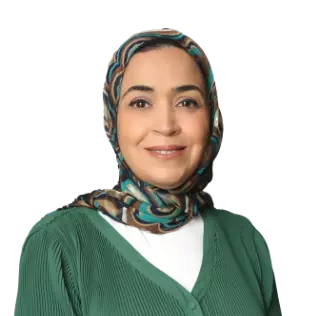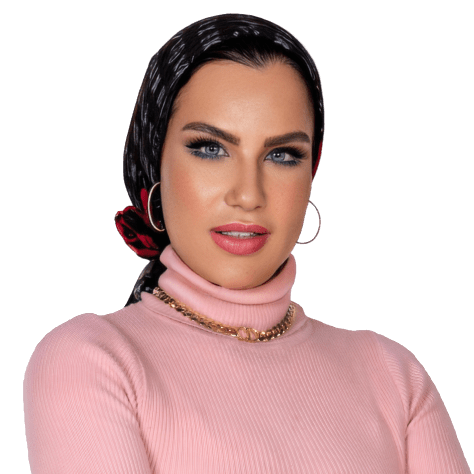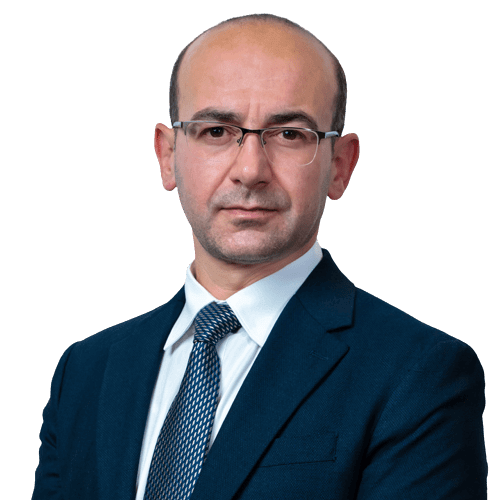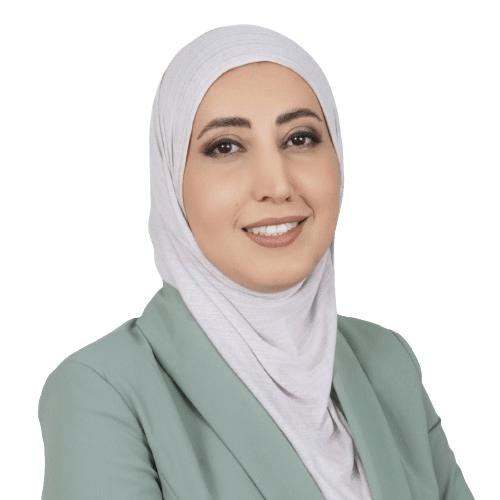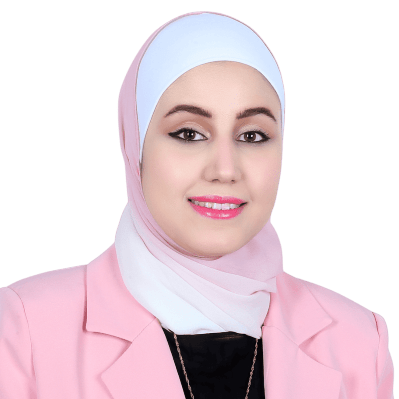Written By: Dr. Reem Al Kaddah
Dr. Reem Al Kaddah is a dermatologist with a specialisation in venereology. She has completed her Masters from Damascus University in Syria. She has worked as a Specialist Dermatologist and Venereologist at Damascus University and Ministry of Health Directorate in Syria.
Updated On:December 15, 2023
Read more.

What is Stye (Sty)?
An uncomfortable red bump on the edge of your eyelid is called a stye (sometimes spelled sty). It may resemble an acne pimple in appearance. A stye develops when a tiny oil-producing gland in the skin of your eyelids or eyelash follicles becomes obstructed and contaminated. A stye is referred to in medicine as a hordeolum.
There are two types of styes:
- External styes are lesions that develop on the outer portion of the upper or lower eyelid. The most typical sort of styes, external styes, are typically brought on by an infection in the follicles of your eyelashes.
- On either of your inner eyelids, internal styes can develop (facing your eyeball). The inner eyelid gland, which produces oils that help keep your eyelids moist, is typically where an internal stye develops.
Causes of Stye (Sty)
A blocked oil gland in the eyelids causes a stye. Bacteria can grow inside the obstructed gland as a result. The majority of these infections are frequently brought on by the staphylococcus bacteria.
Symptoms of Stye (Sty)
Signs and symptoms of stye include:
- A stinging red lump close to the eyelashes at the edge of the lid
- A swollen upper eyelid (sometimes the entire eyelid)
- Scratching the eyelid
- Sensitivity to light
- Itching and pain
- Teary eyes
- A sense that something is in your eye
When to see a doctor for Stye (Sty)?
Visit your doctor if you experience any of the following:
- Your eye is sealed and swollen.
- The lump is dripping pus or blood.
- After the initial two to three days, pain and/or swelling worsen.
- You've got blisters on your eyelid(s). .
- Your eyelids are warm.
- Your perspective has altered.
- Styes return repeatedly. To rule out other, potentially more serious issues, your doctor may perform a biopsy (a small sample of the stye) while you are under local anesthetic.
Stye (Sty) Risk Factors
Styes are quite typical. A stye can occur to anyone. However, you can be more susceptible to developing a stye if you
- Have had a stye before
- Possess blepharitis (an inflammation of the eyelids)
- Have a disorder of the skin, such as rosacea, dandruff, or acne (seborrheic dermatitis)
- Possess diabetes
- Have dry skin
- Are undergoing hormonal alterations
- Possess high levels of lipids (bad cholesterol)
Stye (Sty) Complications
A chalazion, which develops when an irritated oil gland completely blocks itself, might develop from a stye. A chalazion may interfere with your vision if it becomes large enough.
Stye (Sty) Diagnosis
Certain styes are more difficult to treat and necessitate a trip to your doctor. Contact an eye doctor or ophthalmologist if your vision looks to be affected or if your stye appears to be becoming worse rather than better. Your doctor will inspect your eyelid when you are there and will also inquire about any other symptoms you may be experiencing. If you frequently have styes, they might recommend some antibiotic eye ointment. Perhaps they can advise having the stye lanced to remove the infection. To make the region numb, a local anesthetic will be used. You may also receive an oral antibiotic to help prevent the spread of the bacteria in more severe cases.
Stye (Sty) Treatment
It's time to call your eye care professional if your discomfort and swelling don't improve after 48 hours of self-care. Following are some medical treatments for styes:
- To drain your stye in the office, your doctor might make a little incision (under local anesthesia).
- Your doctor might advise using antibiotic eye drops or an ointment on your eyelid.
- When the area around the eye is infected or if an incision is performed to drain an interior stye, oral antibiotics are occasionally administered.
- To lessen swelling of the eyelids, your doctor may inject a steroid medication into the stye.
Stye (Sty) Home Remedies
A stye typically disappears on its own after one to two weeks. You can follow a self-care strategy to take care of your stye at home in order to feel well more quickly and to lessen pain and swelling. Here are some tips for managing your stasis at home.
Do:
- Apply warming compresses: Three to five times each day, apply a warm washcloth for 10 to 15 minutes at a time to the eyelid. Warm the washcloth again by soaking it, wringing it out, and repeating. Due in part to the antibacterial qualities of green tea, many people think that using green tea bags wet in warm water as eye compresses can help the stye not only feel better but also hasten healing. Researchers have demonstrated that a natural antioxidant in green tea destroys the bacteria's cell wall, killing it. It won't injure you and should be at least as helpful as using a warm towel as a compress, but there is some disagreement about this among eye specialists.
- Clean eyelids: With a gentle soapy mixture created from baby shampoo and water, gently wipe away eye discharge. Moreover, you can use the eyelid wipes that are sold at most pharmacies.
Don’t:
- Pop or squeeze a stye
- Touch or rub the eyelid
- Use contact lenses or cosmetics until the spot has healed
Stye (Sty) Prevention
The best strategy to avoid getting a stye is to maintain proper facial hygiene, which includes:
- Regularly washing your hands, especially before touching your face or eyes.
- Before and after removing your contact lenses, wash your hands. Use disinfectant and lens cleaning solution to clean your contacts. Dispose of daily wear lenses and other "restricted use" lenses according to your eye doctor's recommendations.
- Before going to bed, wash your face to get rid of any makeup or debris.
- Never let someone else use your eye makeup.
Most styes aren't dangerous, despite the fact that they might be uncomfortable. With proper eyelid hygiene, styes are typically treatable, and the majority of cases will clear up on their own. As a stye heals, neither you nor your child needs to miss any job or school.
References
Azhany, Y., & Nani, D. (2010). An elderly woman with unresolved ‘stye’over her right lower eye lid. Malaysian Family Physician: the Official Journal of the Academy of Family Physicians of Malaysia, 5(3), 155.
Olson, M. D. (1991). The common stye. Journal of School Health, 61(2), 95-98.
Willmann, D., Guier, C. P., Patel, B. C., & Melanson, S. W. (2017). Stye.
Meet our doctors from the Dermatology & Aesthetics department
|
||||||||
|
||||||||
|
||||||||
|
||||||||
|
||||||||
|
||||||||
|
||||||||
|
||||||||
|
||||||||
|
||||||||
|
||||||||
|
||||||||
|
||||||||
|
||||||||
|
||||||||
|
||||||||
|
||||||||
|
||||||||
|
||||||||
|
||||||||
|
||||||||
|
||||||||
|
||||||||
|
||||||||
|
||||||||
|
||||||||
|
||||||||
|
||||||||
|
||||||||
|
||||||||
|
||||||||
|
||||||||
|
||||||||
|
||||||||
|
||||||||
|
||||||||
|
||||||||
|
||||||||
|
||||||||
|
||||||||
|
||||||||
|
||||||||
Similar Posts
teleMEDCARE App
Download teleMEDCARE app from Google Play or App Store to connect immediately to Medcare doctors at a click of a button and without an appointment.

Home Services
We offer our patients a broad range of home health care services in the comfort of their own homes. Book an appointment for lab tests, vaccinations, nurses and physiotherapists.

Chronic Care
Know more about our Chronic Care Management Programme in partnership with Damana Saicohealth.

teleMEDCARE App mobile
Download teleMEDCARE app from Google Play or App Store to connect immediately to Medcare doctors at a click of a button and without an appointment.

Home Services
We offer our patients a broad range of home health care services in the comfort of their own homes. Book an appointment for lab tests, vaccinations, nurses and physiotherapists.

Spotii
We have partnered with Spotii to offer a more flexible way to pay - Pay over time for your purchase. No interest, no cost & no catch.











